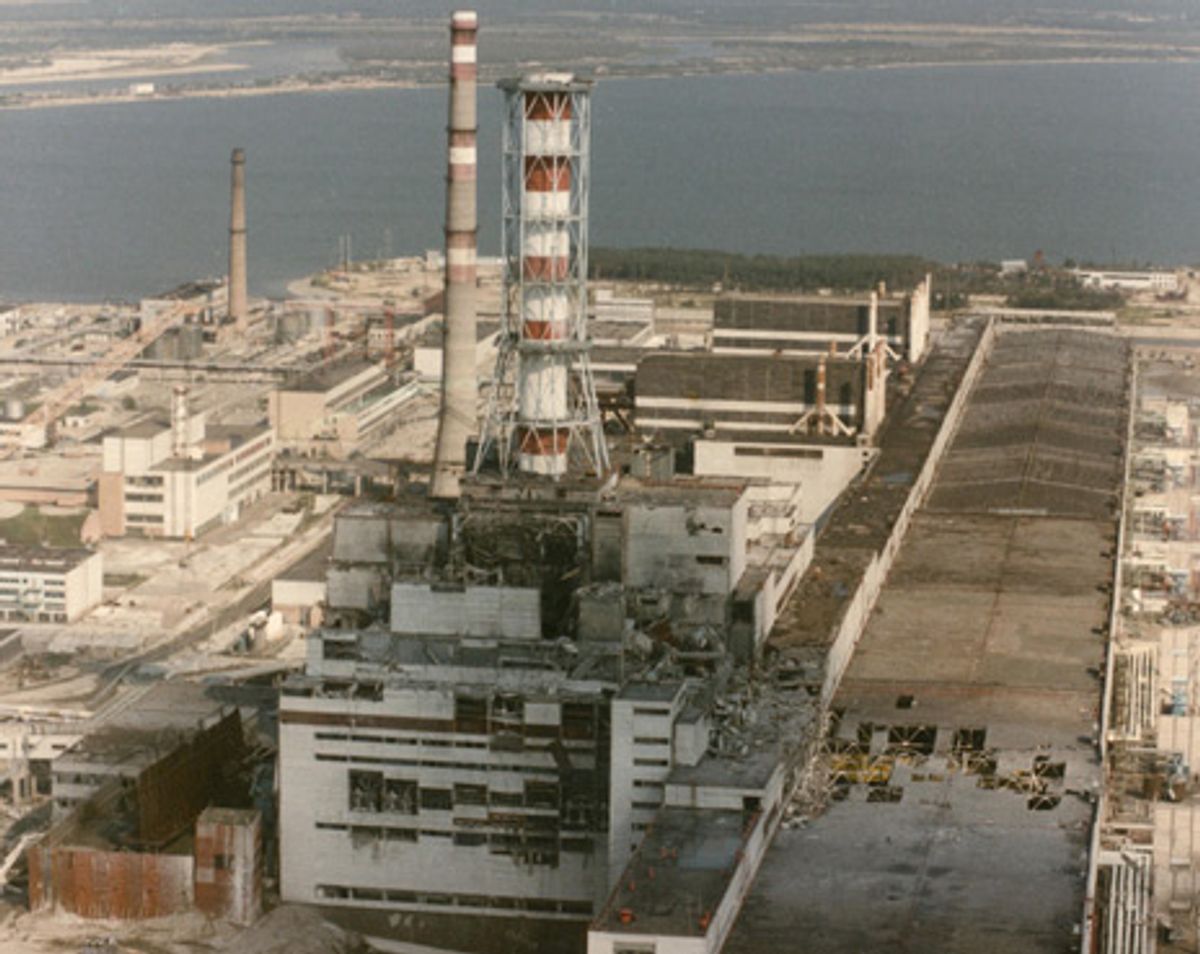Editor's Note: This is part of IEEE Spectrum's ongoing coverage of Japan's earthquake and nuclear emergency. For more details on how Fukushima Dai-1's nuclear reactors work and what has gone wrong so far, see our explainer.
The Fukushima catastrophe was a worse than worst case accident set off by a much worse than anticipated combination of tsunami and earthquake--"beyond imagination," as a former manager of the Dai-1 reactor put it. But in one way Japan got lucky: Even though there was a radiation release equivalent to a significant fraction of Chernobyl's--perhaps as high as 20 percent--most of the radiation happened to be carried out to sea by winds and water, rather than spreading to the country's densely populated regions.
Nonetheless, the accident showed that large radiation releases can occur in a light water reactor accident, not just in a defectively designed and operated Soviet-era reactor. So it's important to be clear about Chernobyl's long-term health impact.
Somehow the notion has got abroad that Chernobyl's health impact was minimal. This is because the illnesses and premature deaths statistically expected from a Chernobyl-scale radiation release cannot be detected, individually or even collectively, among the hundreds of millions of cancer cases that would occur anyway, and because of continued debate about morbidity and mortality at low radiation dose levels.
What then is the basis for assigning thousands or even tens of thousands of premature deaths to Chernobyl?
Probably contrary to some popular misconceptions, the effect of exposure to radiation is relatively well understood. Because radiation can be precisely measured and leaves a clear trail, the health impact of exposure is perhaps "the best understood, and certainly the most highly quantified dose-response relationship for any common environmental human carcinogen," a report of the U.S. National Cancer Institute concluded.
Committees of the National Academies have produced a succession of studies on the Biological Effects of Ionizing Radiation, and the seventh of them, the 2006 BEIR VII report, is widely considered to have produced the most authoritative estimates. They are based mainly on detailed studies of Hiroshima and Nagasaki bombing survivors, but also populations exposed to atmospheric nuclear weapon testing, workers in the nuclear industry, and so on. (A useful concise account can be readily found by searching online on "a summary of BEIR VII," which is by the chairman and cochair of the committee.)
When the BEIR VII dose-response estimates are applied to populations exposed to Chernobyl radiation, as students of the subject like Tom Cochran and Elisabeth Cardis have done, the result consistently is is the range of 20,000-30,000 deaths; the range of uncertainty admittedly is large, ranging from several thousand to 70,000 or 80,000. So we can and should say, based on the best available science, that Chernobyl is causing at least several thousand deaths and probably about 25,000.
To be sure, not all national regulatory authorities have accepted the BEIR VII results as definitive, among them France's. That may be why a 2008 United Nations report declined to assign any specific number to long-term health effects of Chernobyl. Some, unfortunately, have chosen to take that as a statement there have been no long-term effects.
Ten years after the Chernobyl accident, assessing Chernobyl's health effects, Spectrum magazine referred to them in a headline as "stressful." That referred partly to the demonstrable fact that near-term ladverse effects were mainly psychological, though not to be minimized. But the headline also meant to highlight the seemingly paradoxical contrast between higher-than-expected incidence of thyroid cancer, mainly in children, and lower-than-expected leukemia and solid cancer incidence.
In hindsight, we could and should have made it clearer that there was little prospect of detecting and measuring leukemia and solid cancer incidence at the expected rates. For the most stressful aspect of the Chernobyl results, in the final analysis, is that the accident surely caused thousands of deaths that cannot actually be identified. The Chernobyl fatalities, in that sense, are like the deaths of unknown soldiers.




